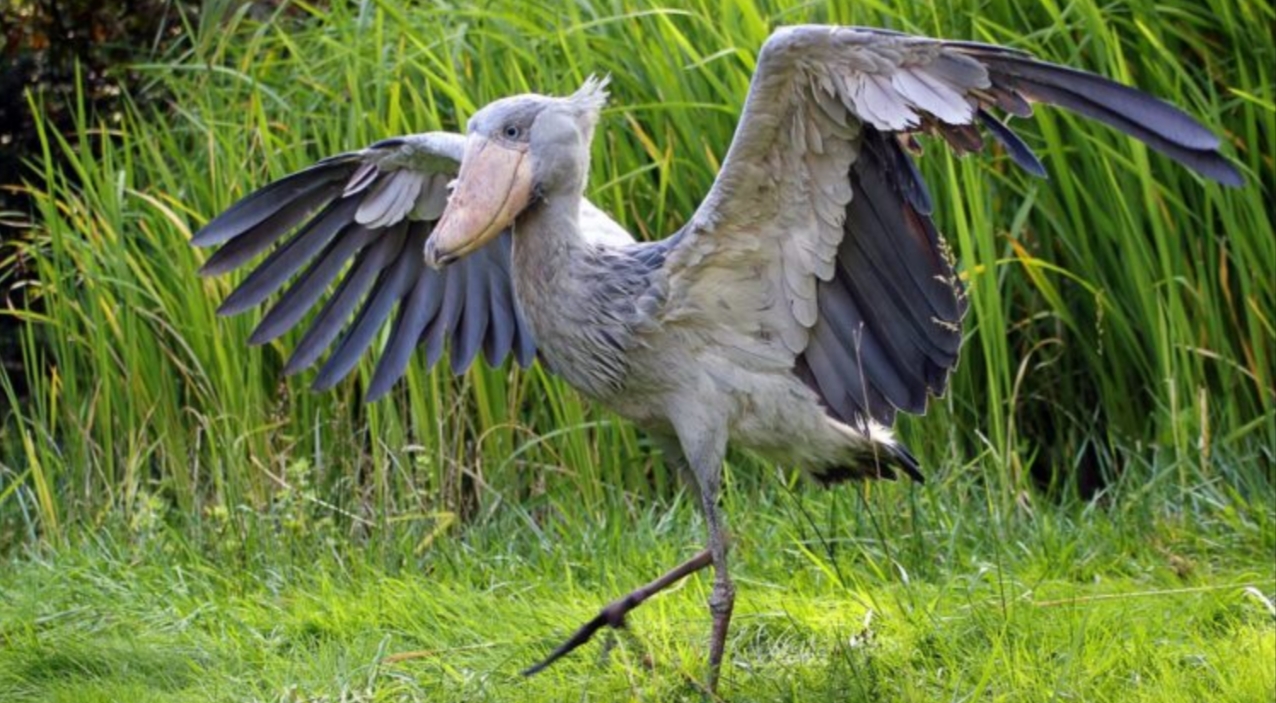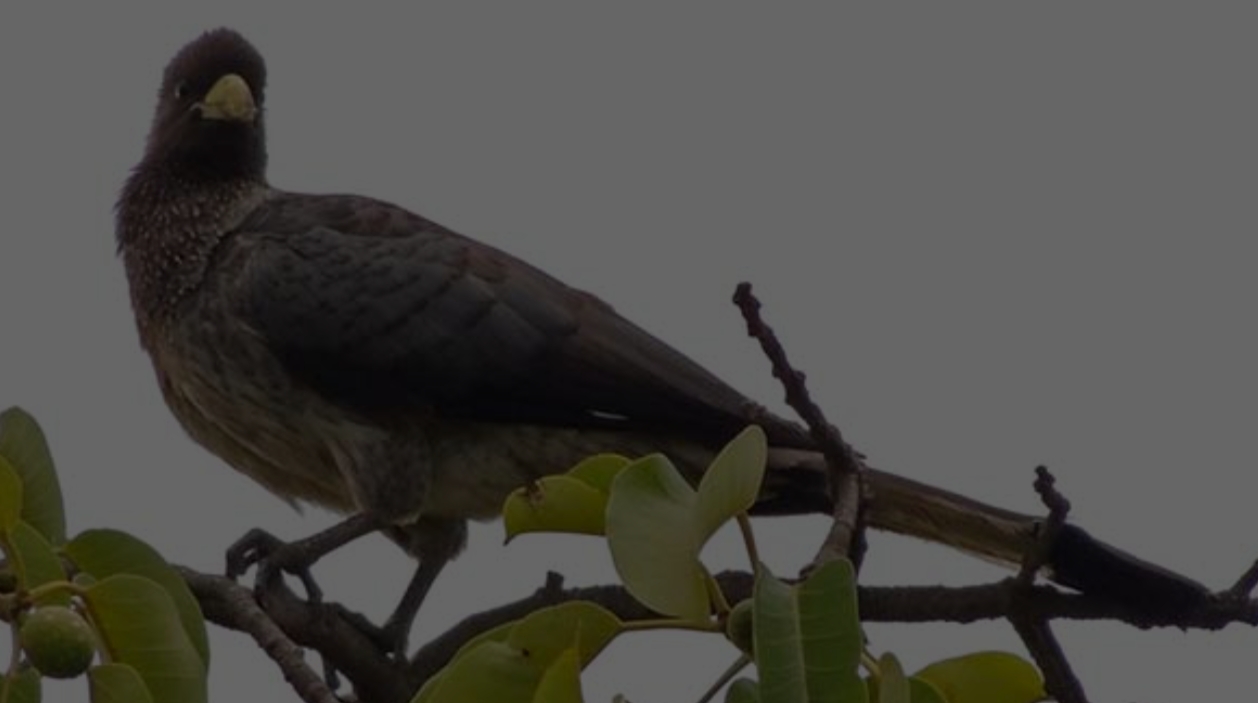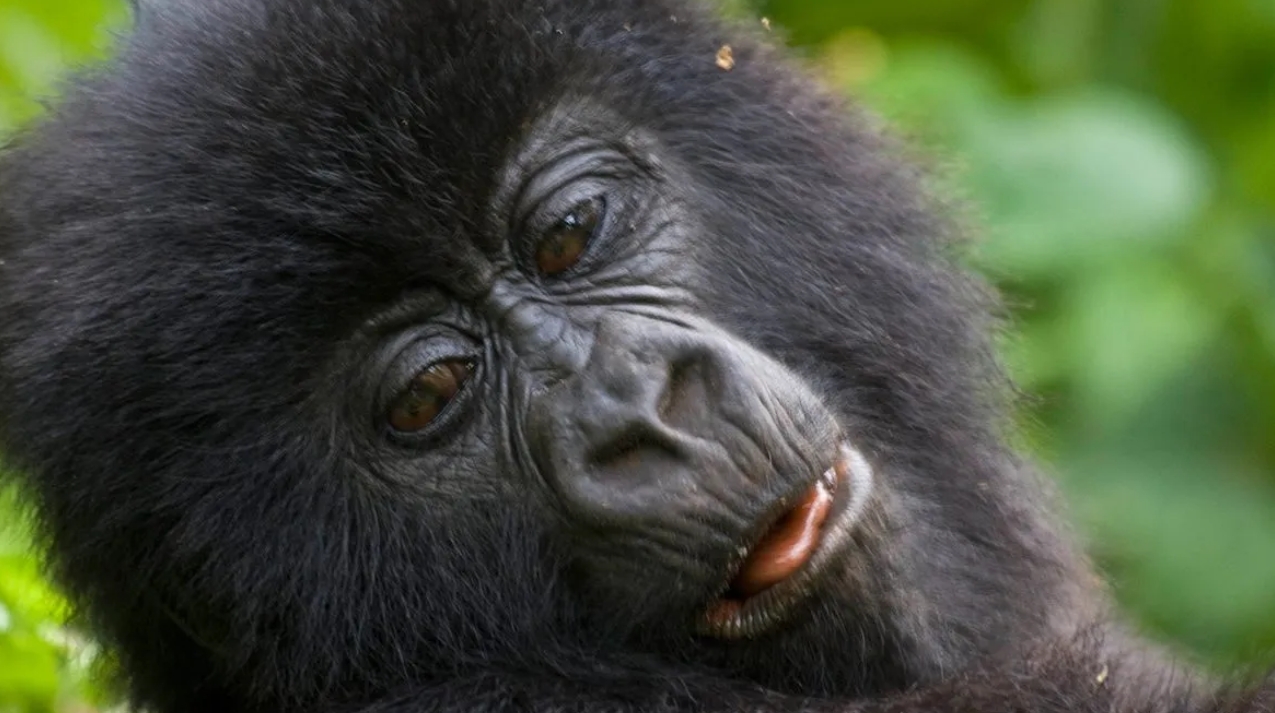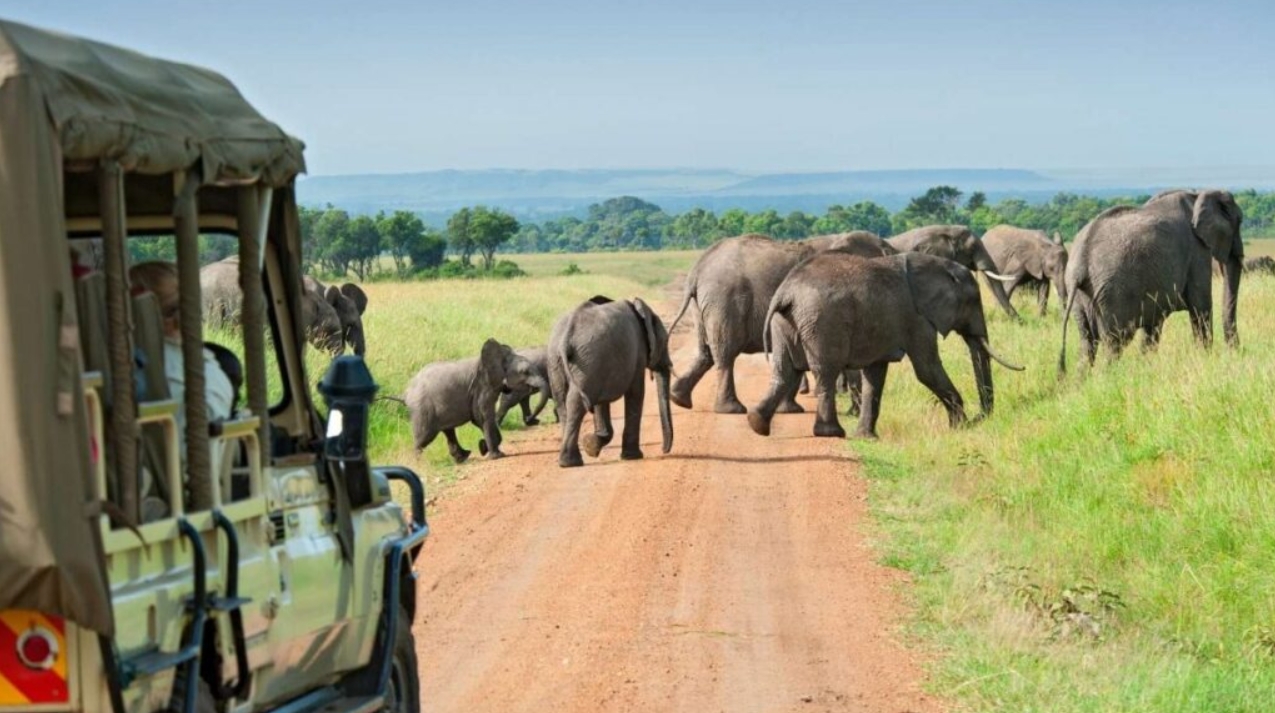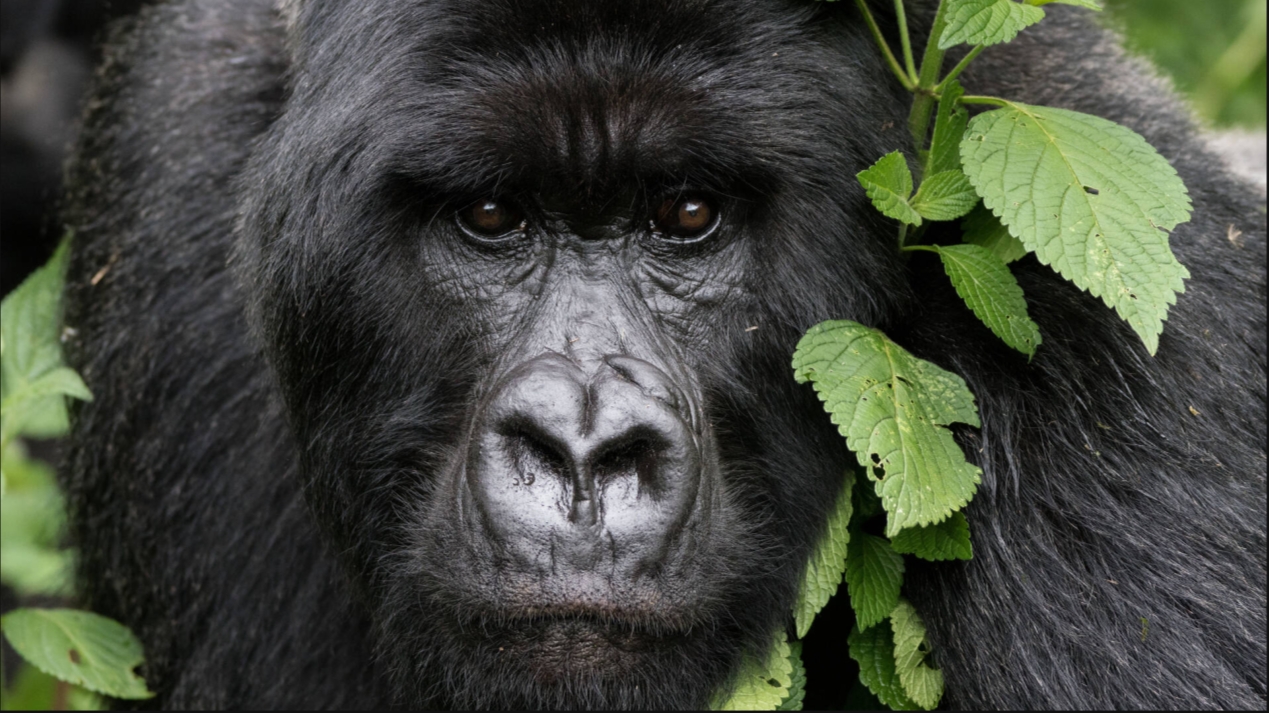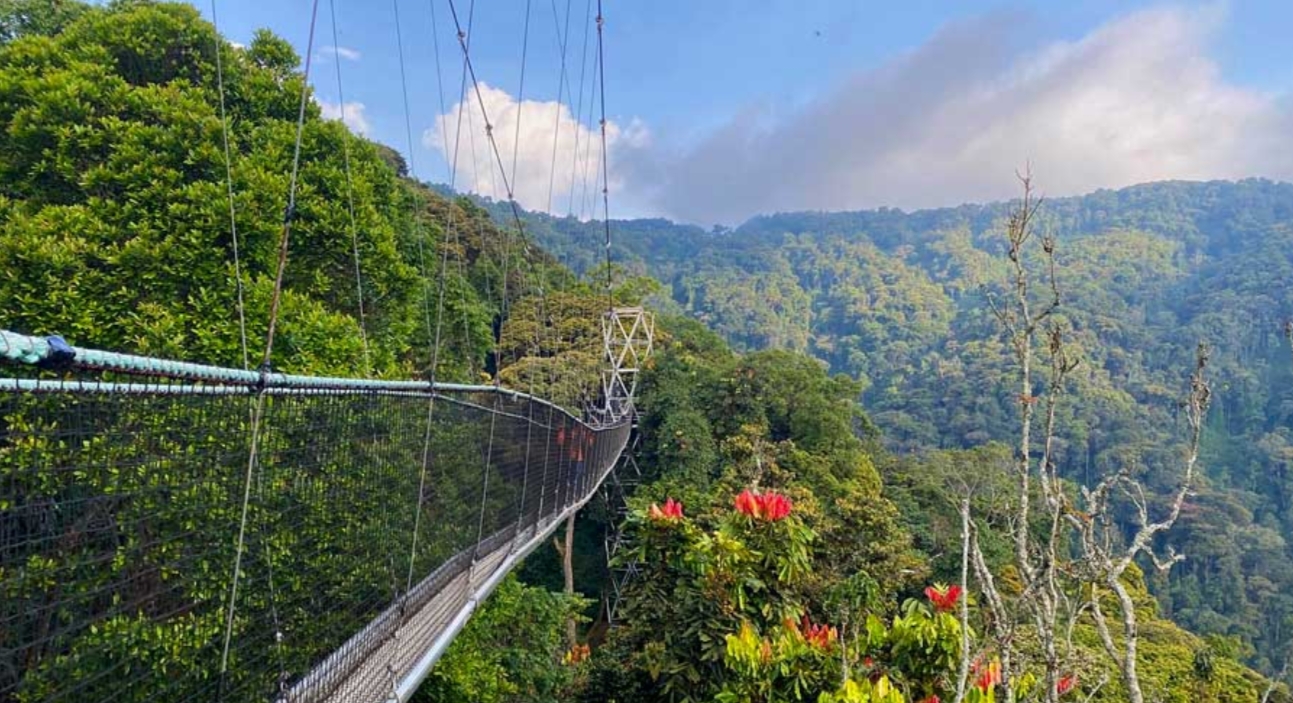
Discover Nyungwe Forest National Park
Discover Nyungwe Forest National Park: Located in the southwest of the country, close to the Burundian border, the forest is one of Rwanda’s most popular tourist sites. It shares boundaries with Lake Kivu to the west, the Democratic Republic of the Congo to the south, and Kibira National Park to the south. The drainage area of the Nyungwe Forest is located between the Nile River basin in the east and the Congo River to the west. The park is so outstanding due to its rich biodiversity and is a haven to several primates, such as chimpanzees, the forest highlights, and several bird species. These support birding and chimpanzee trekking experiences, which contribute tremendously to the country’s revenue.
Besides the country’s conservation strategy, this emerald jungle was created in 2004 to preserve its distinctive environment. The forest covers more than 1,019 km² and includes grassland, bogs, bamboo, wetlands, and tropical rainforest. The Rwanda Development Board made an agreement with the African Parks in October 2020 to manage it for the first 20 years. Nyungwe Forest was later included in the list and designated a UNESCO World Heritage Site in 2023.
Ecosystem
In honor of its diverse wildlife, Nyungwe Forest National Park is an outstanding natural resource in African wildlife conservation. Numerous terrestrial, or earthly, biomes span a wide range of microhabitats for numerous plant and animal species, and this dense forest is ideally situated where various large-scale biogeographical transition zones converge.
The forest is home to several wildlife species with a unique ecosystem, including 13 unique primate species, 85 mammals, 300 bird species (30 of which are endemic to the Albertine Rift), 1078 plants, 32 amphibians, and over 38 reptiles. Most of these species are endemic to the forest, whose restricted distribution is within the Albertine Rift.
The forest, which stands at a maximum altitude of 3,000 m (9,800 ft), is of particular interest for the presence of colonies of chimpanzees and other primates such as mountain colobus and Angola colobus (Colobus angolensis); the latter is now near extinction, especially in Angola, due to the intense hunt to which they are subjected.
Primates-Discover Nyungwe Forest National Park
Numerous unique primate species can be found in Nyungwe Forest National Park, such as the olive baboon (Papio anubis), the vervet monkey (Chlorocebus pygerythrus), the common chimpanzee (Pan troglodytes), the olive baboon (Papio anubis), the vervet monkey (Chlorocebus pygerythrus), the grey-cheeked mangabey (Cercopithecus ascanius), Hamlyn’s monkey (Cercopithecus hamlyni), the golden monkey (Cercopithecus kandti), the grey-tailed monkey (Cercopithecus l’hoesti), the Ruwenzori colobus (Colobus angolensis ruwenzori), Dent’s mona monkey (Cercopithecus denti), Hamlyn’s monkey (Cercopithecus kandti), L’Hoest’s monkey (Cercopithecus l’hoesti), and others.
During the 1920s, colonial leadership had been concerned about the rising shifts from forest to pastureland. The country’s laws governing its forest reserves interdicted clearing forest land for agriculture but empowered the community with rights to get firewood with valuable exploitation of hardwood timber for commercial purposes. The enforcement was neglectful, and instead, the community went further to use the forest for farming, hunting, mining, honey collection, cutting wood, and other activities.
Threats-Discover Nyungwe Forest National Park
The Belgian colonial administration then gazetted Nyungwe Forest Reserve as a forest reserve in 1933, enhancing the park’s function in preserving the ecology and its diverse fauna in the area. The Ministry of Agriculture was in charge of Rwanda’s forest reserves after the country gained independence in 1962. Nyungwe Forest was reduced to roughly 150 km² between 1958 and 1973 as a result of fire outbreaks and human activities like farming and hunting, reducing the vast sources of food for mammals, particularly primates ( chimpanzees).
During this era, protected areas such as Gishwati-Mukura Forest and Volcanoes National Park were also reduced in size. Nyungwe Forest originally had an array of wildlife species such as elephants, buffaloes, and primates, but big game mammals became extinct, especially buffaloes and elephants, making it home to primates, particularly chimpanzees, and others such as mangabeys and red-tailed monkeys, L’Hoest’s monkeys, and others.
By 1987, Uwinka had registered some developments, particularly in the trail system; but, in 1994, when the Rwandan Genocide devastated the country, many things completely changed, leaving several research tourist facilities in ruins in Uwinka. The majority of senior personnel were compelled to leave the country, leaving junior staff in charge at Nyungwe Forest to guard the park.
Economic Impact-Discover Nyungwe Forest National Park
Nyungwe Forest National Park is one of the leading sources of revenue in the country’s economy, contributing about $4.8 billion a year. African Parks, which protects, manages, and oversees the forest, works to save the country’s wildlife as a way of enhancing foreign investment and advancing sustainability in the travel and tourism sector. However, there are currently initiatives to promote longer stays and higher expenditures, with resident travellers making up an estimated 40–50% of tourists and foreign visitors making up about 35–40%.
This revenue supports sustainable tourism and conservation programs, such as stability, infrastructure development, and employment opportunities, with a long-term plan focusing on balancing revenue together with environmental management.
Conclusion
Due to its rich biodiversity, which includes remarkable primates like the famous chimpanzees and others, Nyungwe Forest National Park is one of the most popular tourist destinations in Rwanda, a country of a thousand hills. As such, it is prioritized to support Rwanda’s economy, sustainable tourism, and African conservation.



